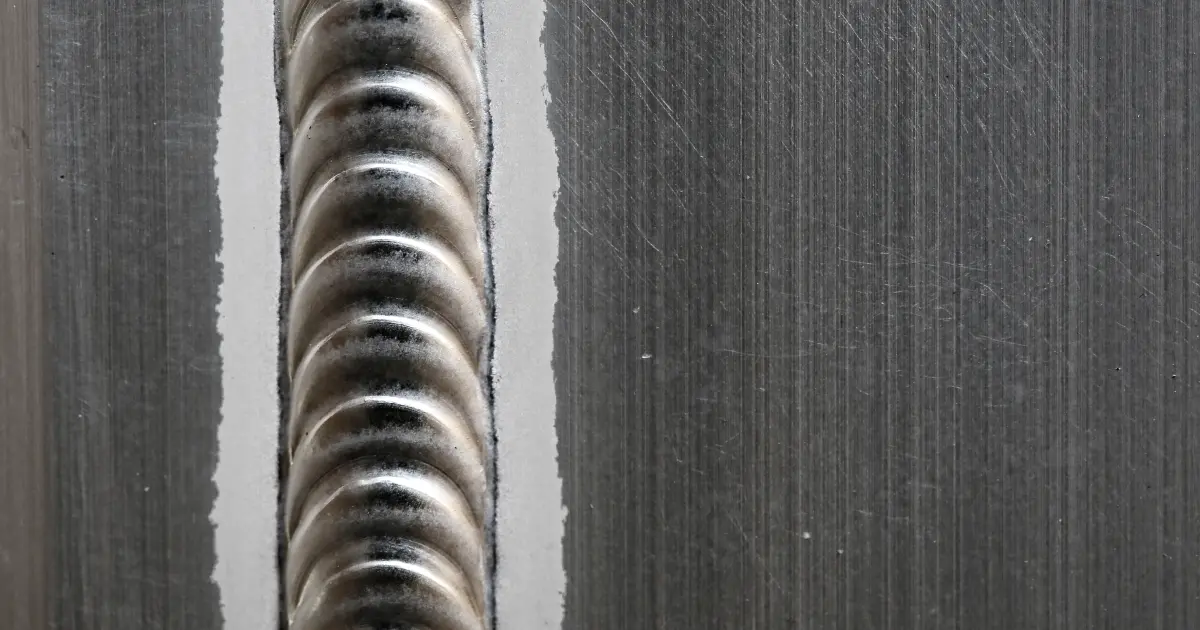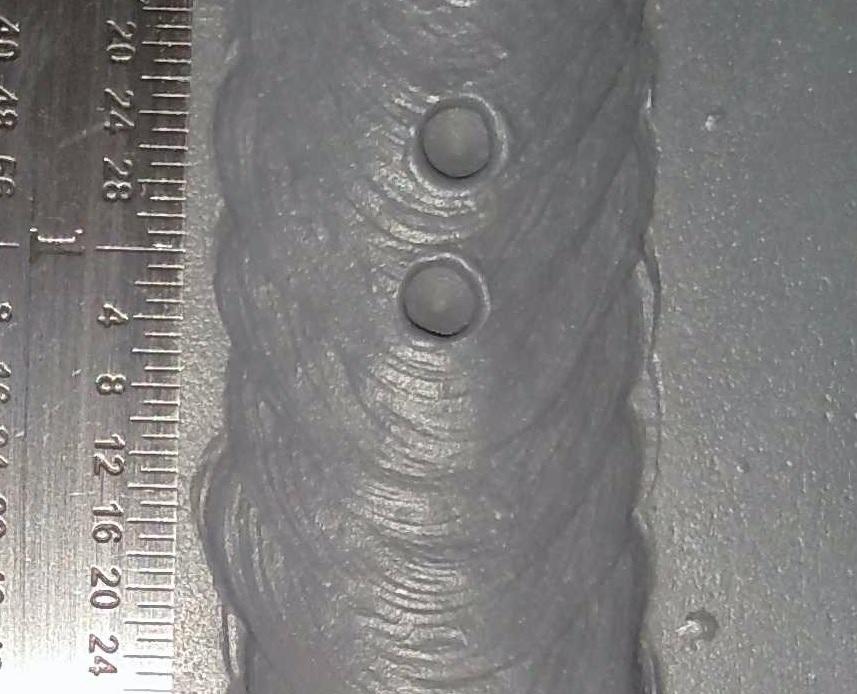Recognizing Porosity in Welding: Discovering Causes, Results, and Prevention Techniques
As professionals in the welding industry are well conscious, understanding the reasons, effects, and prevention techniques associated to porosity is important for accomplishing durable and reputable welds. By diving right into the root creates of porosity, examining its damaging impacts on weld quality, and exploring reliable avoidance strategies, welders can improve their knowledge and skills to generate high-quality welds regularly.
Common Causes of Porosity
Contamination, in the form of dust, grease, or corrosion on the welding surface area, produces gas pockets when warmed, leading to porosity in the weld. Improper securing takes place when the shielding gas, typically made use of in processes like MIG and TIG welding, is not able to completely shield the liquified weld swimming pool from responding with the bordering air, resulting in gas entrapment and subsequent porosity. Additionally, poor gas insurance coverage, frequently due to wrong circulation prices or nozzle positioning, can leave components of the weld vulnerable, allowing porosity to develop.
Effects on Weld Quality
The presence of porosity in a weld can dramatically endanger the general high quality and stability of the welded joint. Porosity within a weld creates spaces or dental caries that damage the framework, making it much more at risk to cracking, rust, and mechanical failure.
Moreover, porosity can impede the efficiency of non-destructive testing (NDT) techniques, making it challenging to find various other issues or stoppages within the weld. This can result in considerable safety problems, especially in crucial applications where the structural honesty of the bonded parts is vital.

Avoidance Techniques Introduction
Offered the damaging impact of porosity on weld top quality, effective avoidance methods are critical to preserving the structural stability of welded joints. Furthermore, selecting the ideal welding specifications, such as voltage, present, and travel rate, can assist decrease the risk of porosity development. By including these prevention strategies into welding practices, the occurrence of porosity can be useful source considerably minimized, leading to more powerful and extra trustworthy welded joints.
Value of Correct Shielding
Correct shielding in welding plays a vital function in avoiding atmospheric contamination and making certain the honesty of welded joints. Shielding gases, such as argon, helium, or a blend of both, are frequently made use of to secure the weld swimming pool from reacting with aspects airborne like oxygen and nitrogen. When these reactive aspects come into contact with the hot weld pool, they can trigger porosity, resulting in weak welds with decreased mechanical residential properties.

Poor protecting can lead to over at this website different flaws like porosity, spatter, and oxidation, endangering the architectural stability of the bonded joint. For that reason, sticking to proper protecting techniques is important to produce premium welds with very little problems and ensure the long life and dependability of the bonded parts (What is Porosity).
Surveillance and Control Approaches
Just how can welders successfully keep track of and regulate the welding procedure to guarantee optimum outcomes and avoid problems like porosity? By continually checking these variables, welders can determine discrepancies from the perfect problems and make prompt modifications to avoid porosity formation.

In addition, applying proper training programs for welders is vital for keeping track of and regulating the welding procedure effectively. What is Porosity. Educating welders on the significance of preserving consistent criteria, such as correct gas shielding and travel rate, can assist stop porosity concerns. Normal analyses and accreditations can additionally ensure that welders excel in monitoring and managing welding procedures
Moreover, using automated welding systems can enhance tracking and control abilities. These systems can exactly regulate welding criteria, reducing the possibility of human error and guaranteeing consistent weld high quality. By incorporating advanced monitoring innovations, training programs, and automated systems, welders can successfully check and control the welding procedure to minimize porosity problems and accomplish premium welds.
Final Thought
